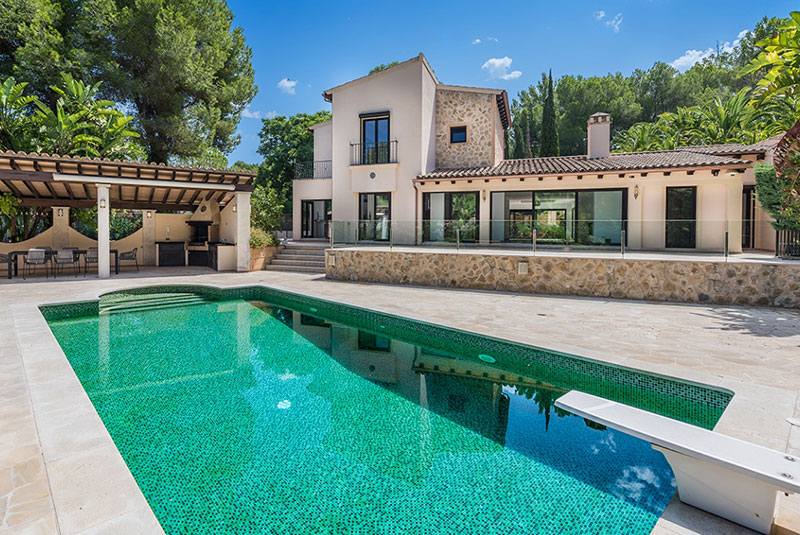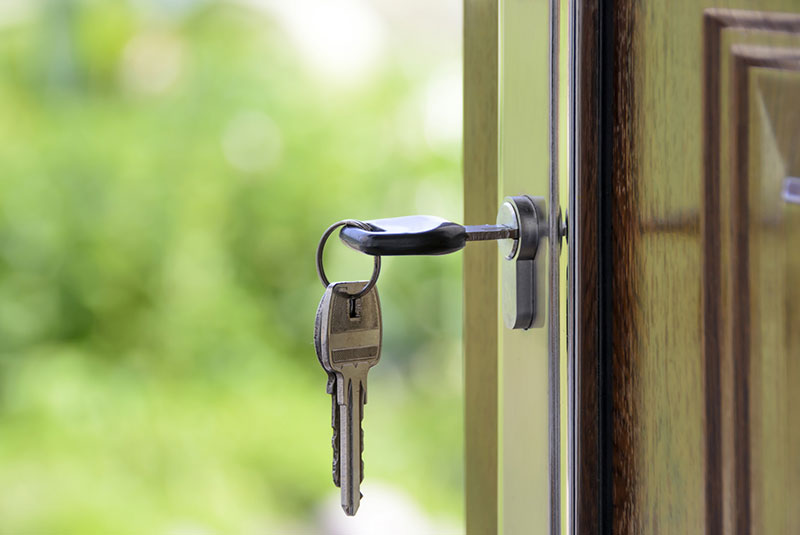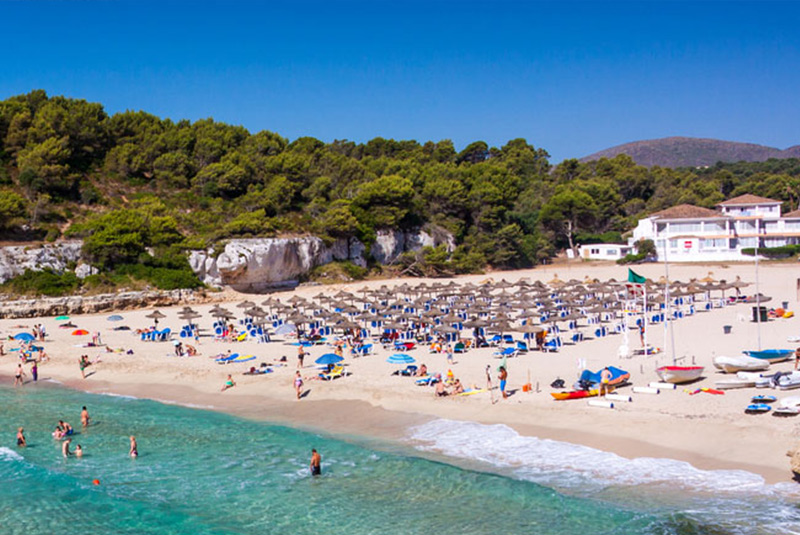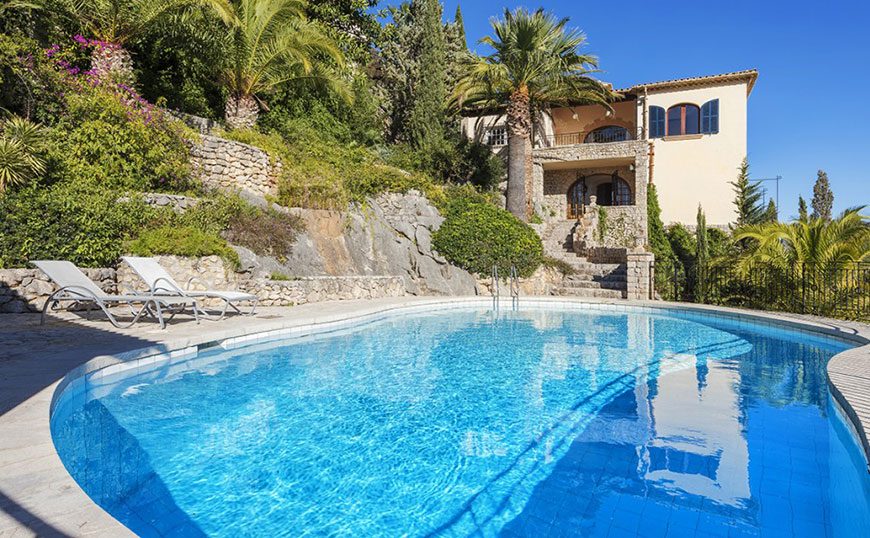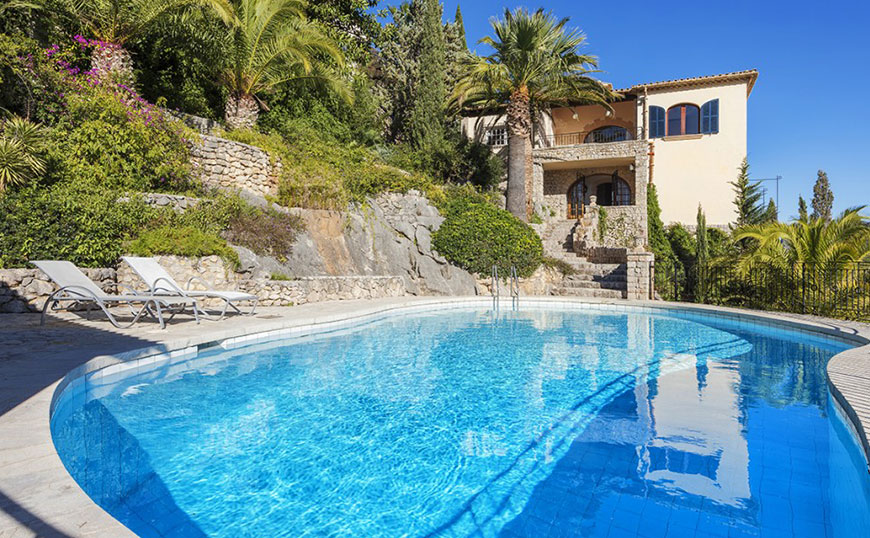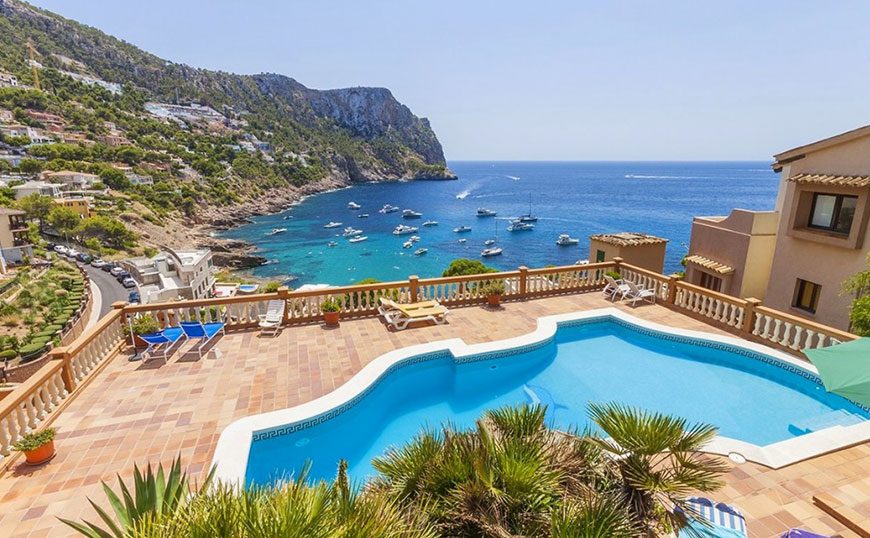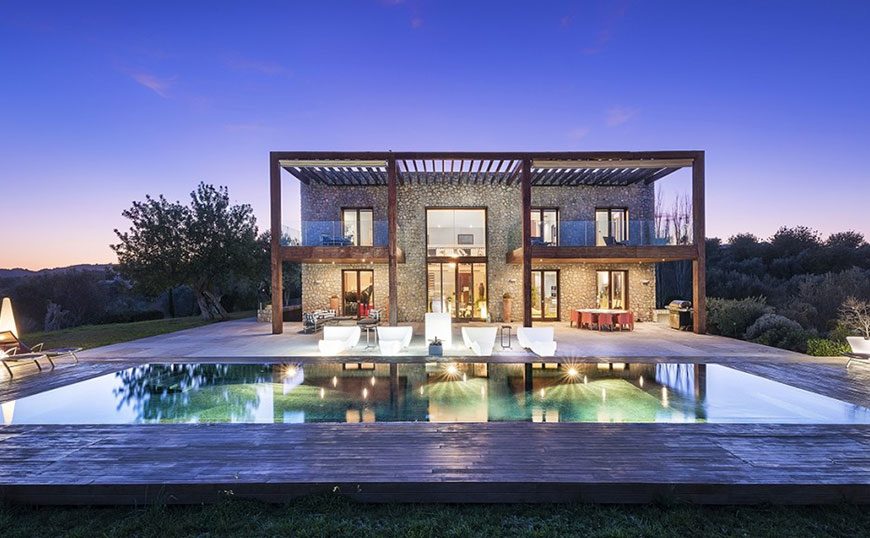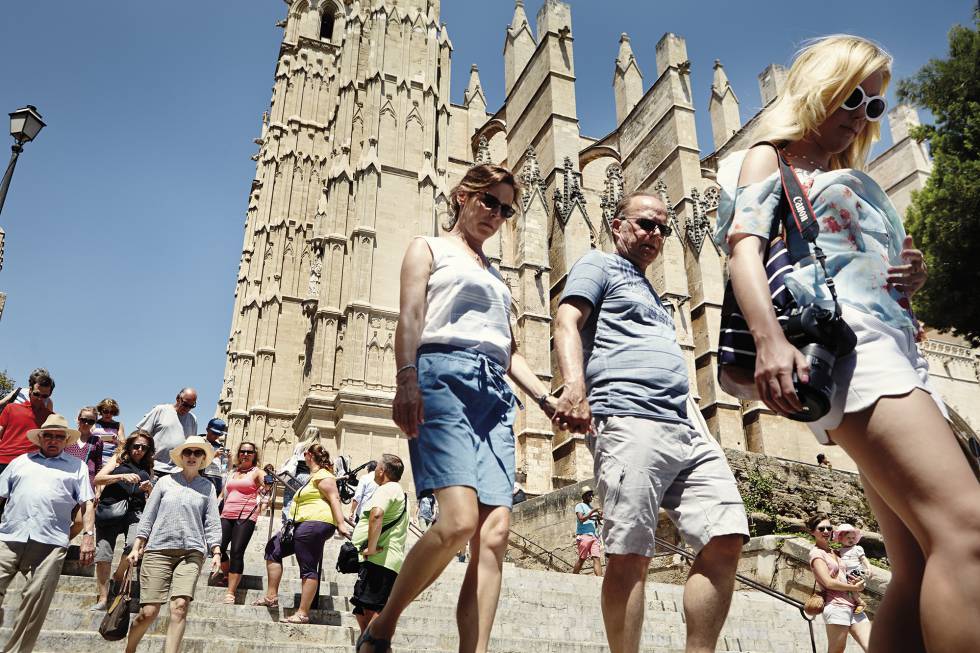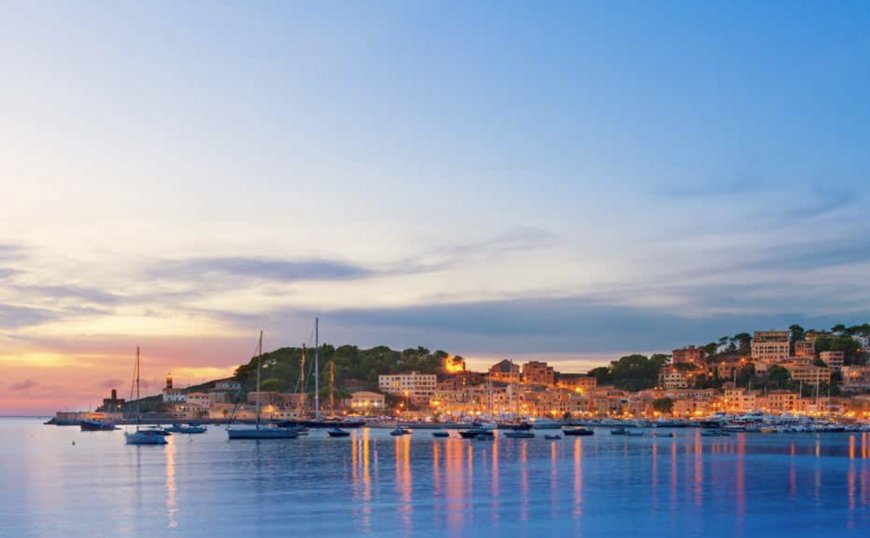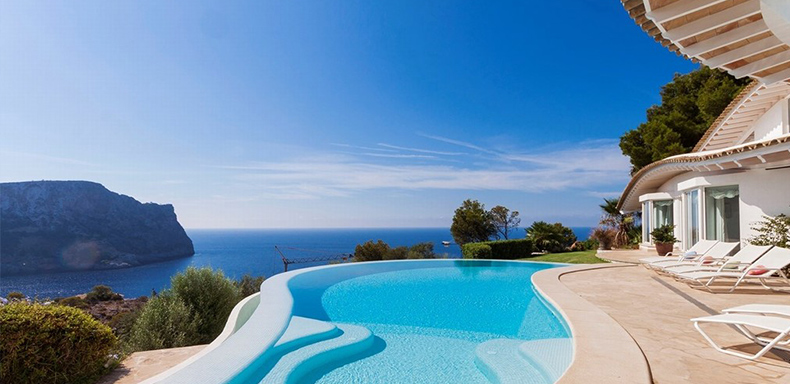Balearic Islands, the international benchmark in luxury properties sales transactions
The average price per square meter of a standard 2nd hand property in Spain is around 1,600€. More than double that figure, at almost 4,000€/m2 are luxury properties. Even if this value has been decreasing over the last few years, the luxury housing market is still in full form.
The most common type of luxury properties offeredare: houses (29.54%), followed by villas (27.84%) and then apartments (17.42%).Usually they will have 4 or more bedrooms and same number of bathrooms, kitchen, living room; the majority of those costing above 1 million euros also feature swimming pool, garage and air conditioning/ central heating.
If the Balearic Islands are already in the top5 of regions with the greatest offer of luxury properties for sale (together with Málaga, Madrid, Barcelona and Alicante), the islands actually stand out in terms of proportion of this type of property compared to number of standard properties on offer.
Furthermore, amongst the five most expensive properties for sale in Spain, two of them are in Mallorca: a Renaissancestyle mansion in Alcudia (30 million euros; nine bedrooms, swimming pools, heliport and garage for more than 12 cars) and a medieval farmhouse in Puigpunyent (26.5 million euros; total property area of 820,000m2, 4,000 m2 for the ten bedroomed house that is surrounded by more than 9,000 olive trees)
On the Spanish luxury property market, there is more than enough domestic demand, but as property prices rise above 2 million euros, it is theforeign client taking over. Latin American buyers, for whom Spain is a preferreddestination in Europe, are taking the lead on big cities whereas clients from other European countries dominate the coastal areas, especially in the search of a second home.
Also gaining importance are Asian clients that see their real estate investment also as an opportunity to legally enter Spain and the European Union by acquiring a “golden visa”.
These golden visas were introducedin the midst of 2013’seconomic crisisto attract foreign investmentbut the program faltered in its beginnings due to the harshness of the requirements imposed. Nowadays these visasare only given to non-EU citizens who fulfil at least one of these requirements:
- Have at least half a million euros to invest onreal estate;
- Have more than one million euros in their bank accounts;
- Have more than two millioneurosin government bonds;
- Are considered “highly qualified” professionals.
The investment in real estate, totalling more than 2,550 million euros, is probably the best known of these conditions,having allowed foreign citizensto obtain so far over 3,400visas or residence permits in Spain. Topping the list are Chinese citizens, followed by Russians and Ukrainians and not surprisingly, the biggest investments of this kind were done in the Balearic Islands.
Lately, the European Parliament has beenexpressing concernsregarding the golden visa programsthat exist in various member countries, as the potential economic benefits do not compensate for therisks of money laundering and tax evasion. They also defend that there isa significant impact on the real estate sector when these programmes are highly dependent on it – first comeshigh demand and with it an increase in the price of properties. Finally, they say that the idea of directlyor indirectly selling EU citizenship, “undermines the very concept of European citizenship”.

